Discover the top 10 indoor plants for a Vibrant and Healthy Home, From low-maintenance succulents to air-purifying favorites, find the perfect plants to enhance your living space
Bringing the beauty of nature indoor plants has never been easier, thanks to the array of best Indoor plants that thrive in the comfort of your home. Whether you’re a seasoned plant enthusiast or a beginner looking to add a touch of greenery to your living space, this guide is your go-to resource for exploring the finest indoor plants that will breathe life and vitality into your surroundings.
Benefits of Indoor Plants
- Improved Air Quality: Many indoor plants act as natural air purifiers, removing toxins and enhancing indoor air quality.
- Enhanced Aesthetics: Indoor plants add a touch of elegance and visual appeal to any room.
- Stress Reduction: Greenery has been shown to reduce stress and promote a sense of well-being.
- Connection to Nature: Indoor plants bring a slice of nature indoors, even in urban settings.
1. Snake Plant
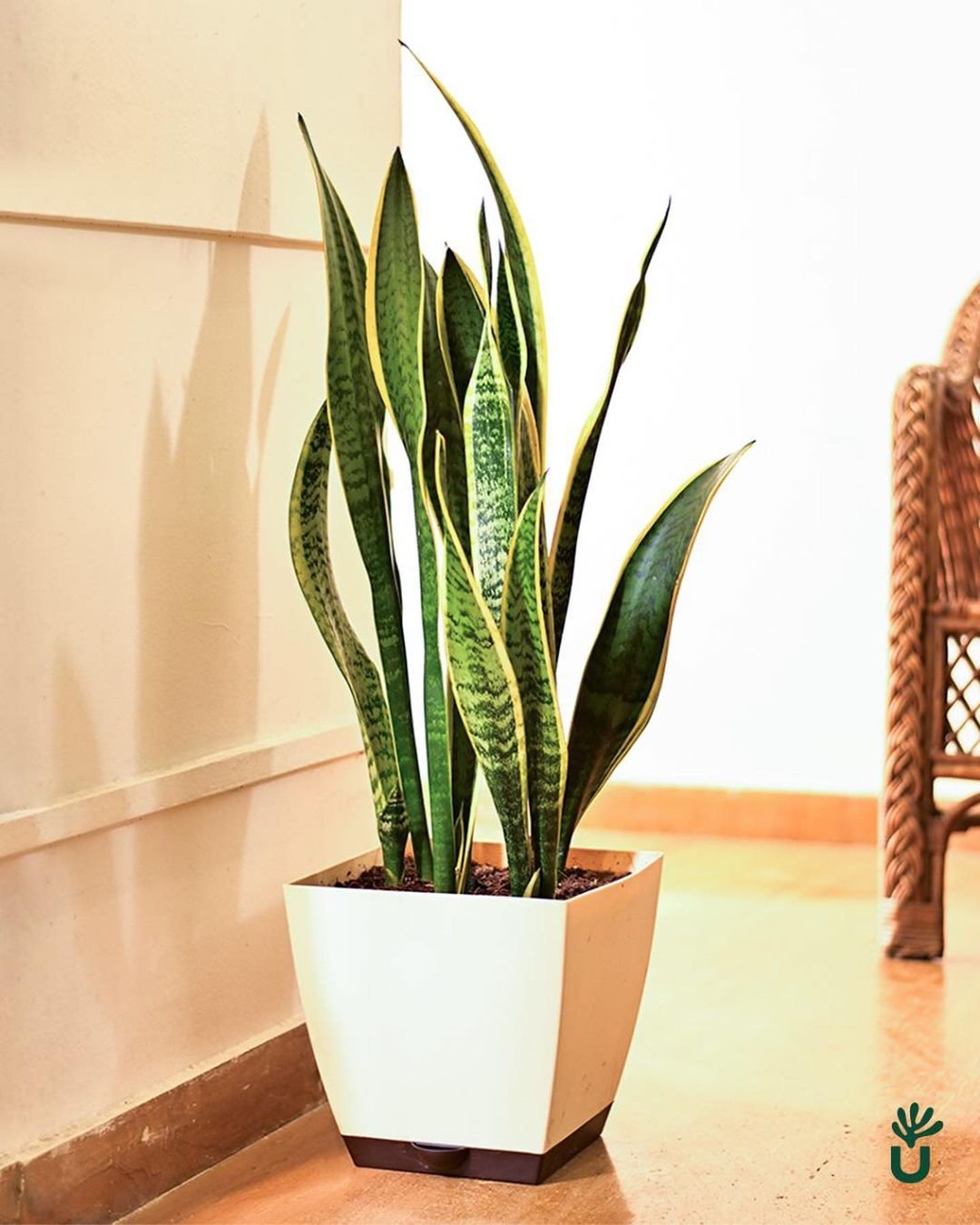
Here’s a short information chart for Snake Plant :
| Attribute | Information |
|---|---|
| Botanical Name | Sansevieria trifasciata |
| Plant Type | Evergreen perennial succulent |
| Soil Type | Well-drained, sandy or cactus mix soil |
| Zones | 9-11 (USDA Hardiness Zones) |
| Exposure | Low light to bright, indirect light |
| Bloom Time | Rare, but can bloom in late winter to early spring |
| Height/Spread | 1-4 feet tall / 6 inches to 3 feet wide |
- Features: Tall, sword-like leaves with striking patterns.
- Benefits: Releases oxygen at night, making it an ideal bedroom plant.
- Care: Low light, minimal water requirements.
2. Spider Plant
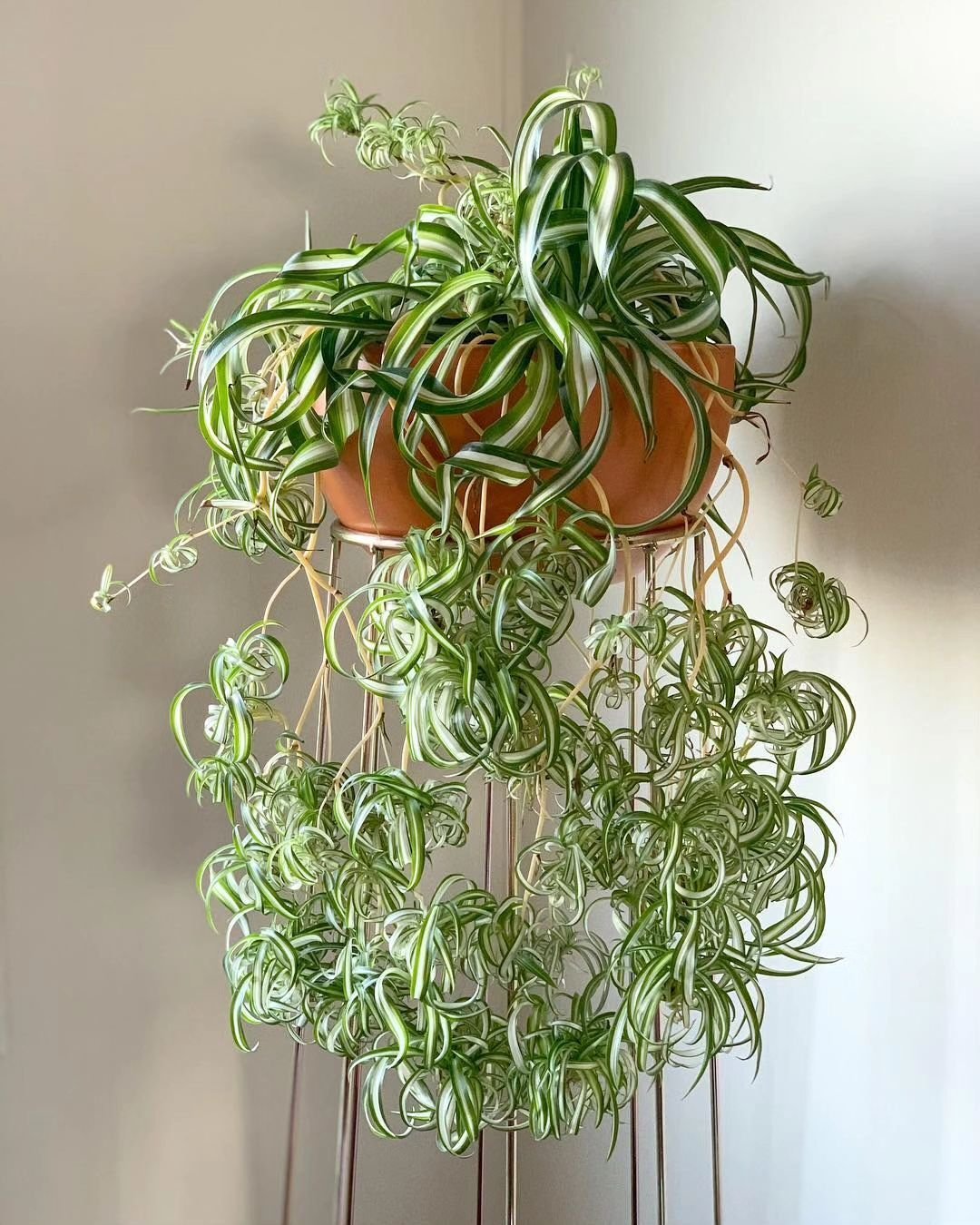
Here’s a short information chart for Spider Plant:
| Attribute | Information |
|---|---|
| Botanical Name | Chlorophytum comosum |
| Plant Type | Evergreen perennial |
| Soil Type | Well-drained, fertile soil |
| Zones | 9-11 (USDA Hardiness Zones), often grown as a houseplant in cooler zones |
| Exposure | Bright, indirect light to partial shade |
| Bloom Time | Spring to summer, small white flowers |
| Height/Spread | 1-2 feet tall / 1-2 feet wide |
- Features: Cascading, arching leaves with white stripes.
- Benefits: Removes pollutants like formaldehyde and xylene.
- Care: Bright, indirect light, occasional watering.
3. Peace Lily
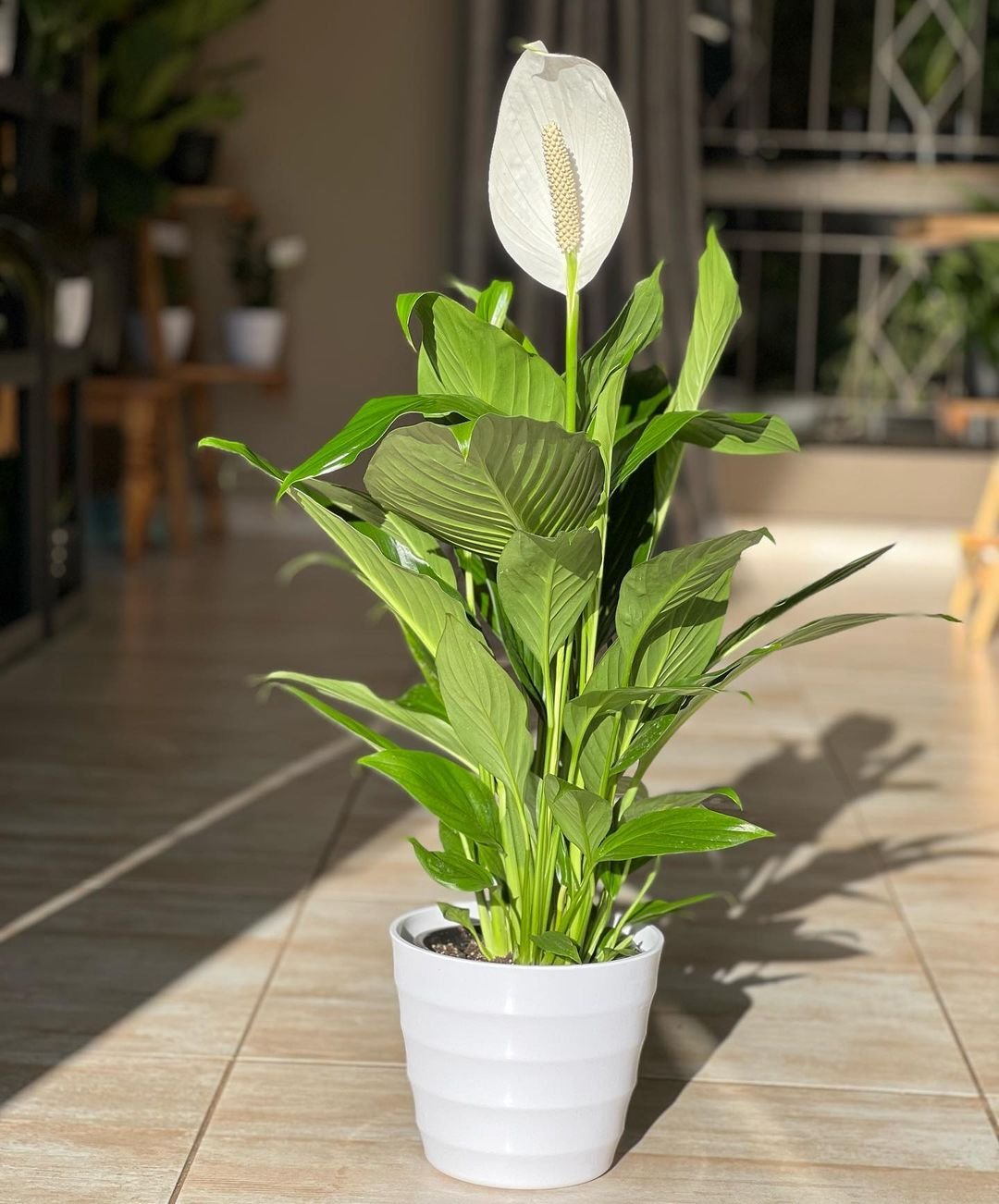
Here’s a short information chart for Peace Lily:
| Attribute | Information |
|---|---|
| Botanical Name | Spathiphyllum spp. |
| Plant Type | Evergreen perennial |
| Soil Type | Well-drained, fertile, moist soil |
| Zones | 10-12 (USDA Hardiness Zones), often grown as a houseplant in cooler zones |
| Exposure | Low to bright, indirect light |
| Bloom Time | Spring to summer |
| Height/Spread | 1-4 feet tall / 1-3 feet wide |
- Features: Glossy green leaves and elegant white white blooms.
- Benefits: Purifies air and adds a touch of elegance.
- Care: Indirect light, keep soil consistently moist.
4. Pothos
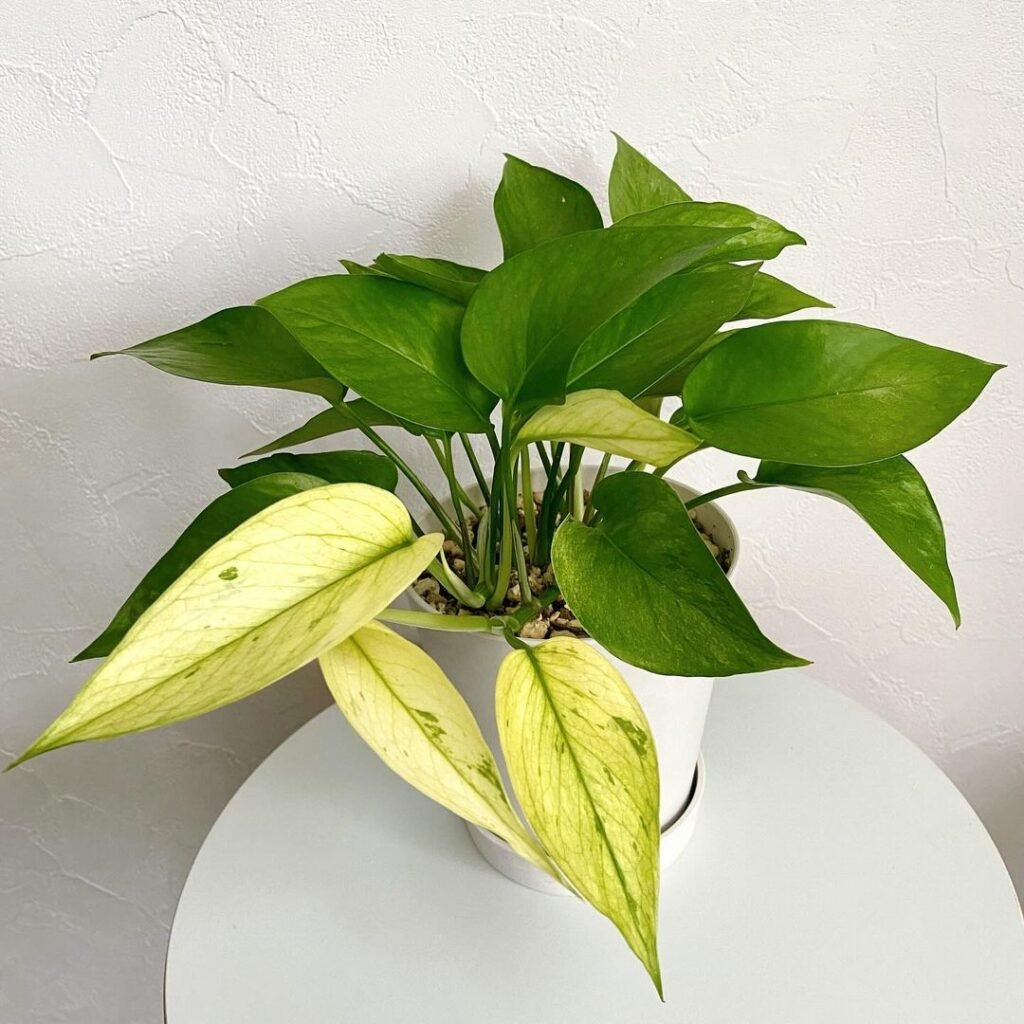
Here’s a short information chart for Pothos:
| Attribute | Information |
|---|---|
| Botanical Name | Epipremnum aureum |
| Plant Type | Evergreen perennial vine |
| Soil Type | Well-drained, general-purpose potting soil |
| Zones | 10-12 (USDA Hardiness Zones), often grown as a houseplant in cooler zones |
| Exposure | Low to bright, indirect light |
| Bloom Time | Rarely blooms indoors |
| Height/Spread | Vining habit, can grow 10+ feet long / 3-6 feet wide |
- Features: Heart-shaped leaves that cascade gracefully.
- Benefits: Versatile and easy to care for, enhances air quality.
- Care: Low to moderate light, allow soil to dry between waterings.
5. ZZ Plant

Here’s a short information chart for ZZ Plant:
| Attribute | Information |
|---|---|
| Botanical Name | Zamioculcas zamiifolia |
| Plant Type | Evergreen perennial |
| Soil Type | Well-drained, sandy or cactus mix soil |
| Zones | 9-11 (USDA Hardiness Zones), often grown as a houseplant in cooler zones |
| Exposure | Low to bright, indirect light |
| Bloom Time | Rarely blooms indoors |
| Height/Spread | 2-3 feet tall / 2-3 feet wide |
- Features: Glossy, dark green leaves on upright stems.
- Benefits: Tolerant of low light and neglect, removes toxins.
- Care: Low light, infrequent watering.
Benefits of Companion Planting: A Guide for Gardeners
6. Rubber Plant
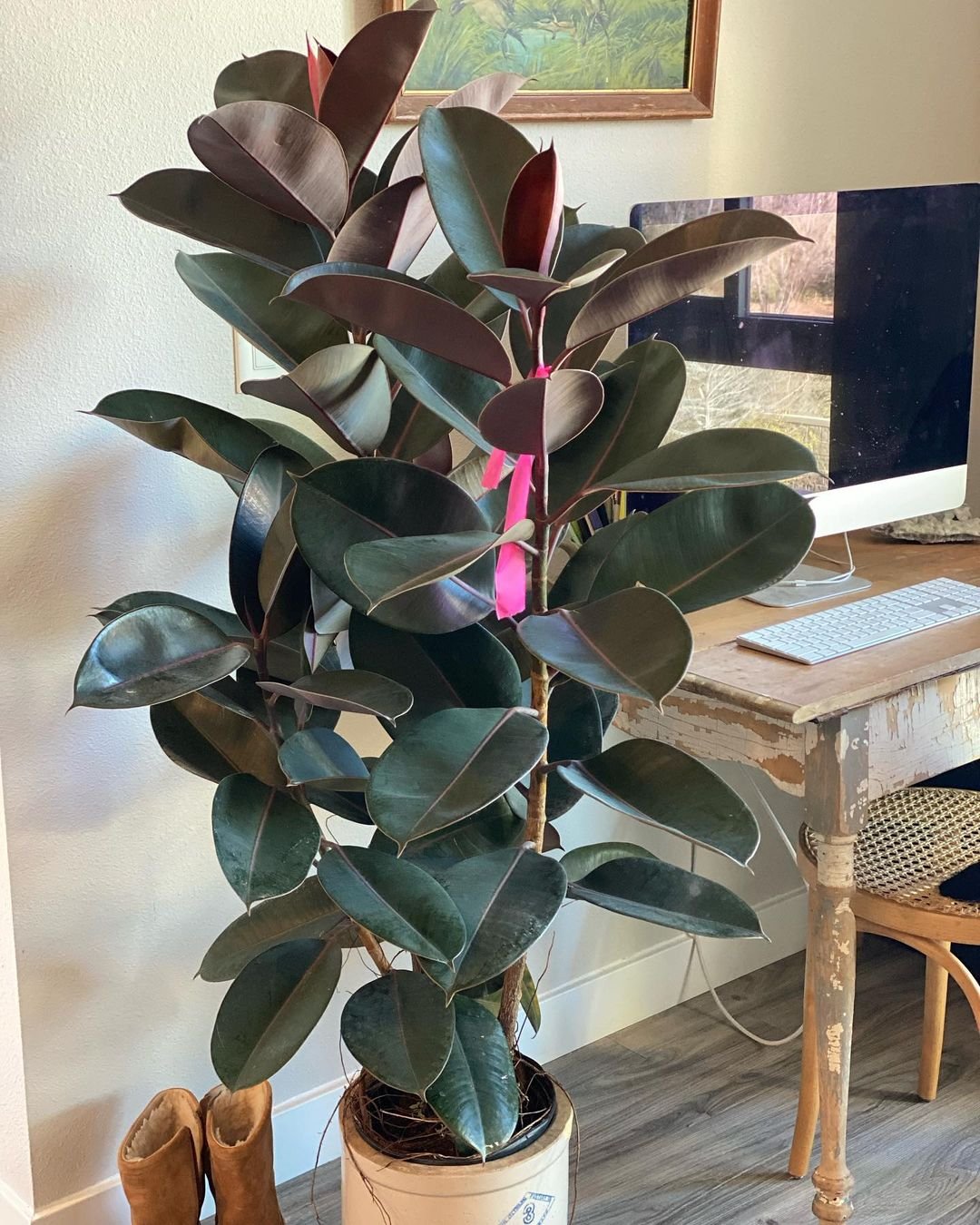
Here’s a short information chart for Rubber Plant:
| Attribute | Information |
|---|---|
| Botanical Name | Ficus elastica |
| Plant Type | Evergreen perennial tree |
| Soil Type | Well-drained, loamy or potting soil |
| Zones | 10-12 (USDA Hardiness Zones), often grown as a houseplant in cooler zones |
| Exposure | Bright, indirect light to partial shade |
| Bloom Time | Rarely blooms indoors |
| Height/Spread | 6-10 feet tall indoors / 2-3 feet wide (can be larger outdoors) |
- Features: Large, glossy leaves in deep green hues.
- Benefits: Adds a bold statement to your decor.
- Care: Bright, indirect light, allow soil to dry between waterings.
7. Aloe Vera

Here’s a short information chart for Aloe Vera:
| Attribute | Information |
|---|---|
| Botanical Name | Aloe vera |
| Plant Type | Succulent perennial |
| Soil Type | Well-drained, sandy or cactus mix soil |
| Zones | 9-11 (USDA Hardiness Zones), often grown as a houseplant in cooler zones |
| Exposure | Bright, indirect light to full sun |
| Bloom Time | Summer (indoors rarely blooms) |
| Height/Spread | 1-2 feet tall / 1-2 feet wide |
- Features: Succulent leaves with healing gel.
- Benefits: Medicinal properties, easy to care for.
- Care: Bright, indirect light, allow soil to dry completely between waterings.
8. Boston Fern
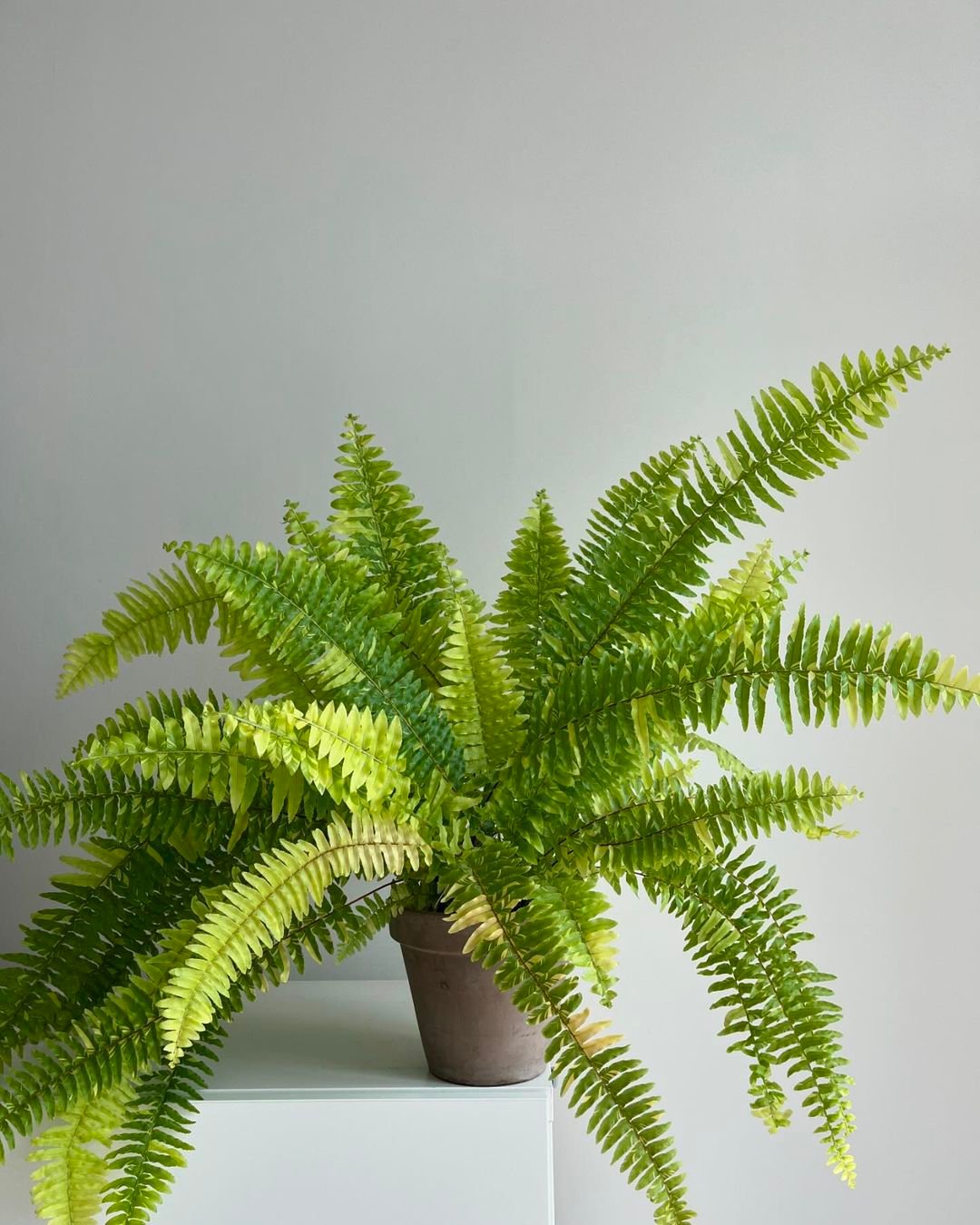
Here’s a short information chart for Boston Fern:
| Attribute | Information |
|---|---|
| Botanical Name | Nephrolepis exaltata |
| Plant Type | Evergreen perennial fern |
| Soil Type | Well-drained, rich, loamy soil |
| Zones | 9-11 (USDA Hardiness Zones), often grown as a houseplant in cooler zones |
| Exposure | Bright, indirect light to partial shade |
| Bloom Time | Non-flowering |
| Height/Spread | 1-3 feet tall / 2-3 feet wide |
- Features: Lush, feathery fronds that add texture.
- Benefits: Humidity-loving, excellent air purifier.
- Care: Indirect light, high humidity, regular misting.
9. Chinese Evergreen

Here’s a short information chart for Chinese Evergreen:
| Attribute | Information |
|---|---|
| Botanical Name | Aglaonema spp. |
| Plant Type | Evergreen perennial |
| Soil Type | Well-drained, peat-based potting mix |
| Zones | 10-12 (USDA Hardiness Zones), often grown as a houseplant in cooler zones |
| Exposure | Low to bright, indirect light |
| Bloom Time | Rarely blooms indoors |
| Height/Spread | 1-3 feet tall / 1-2 feet wide |
- Features: Vibrant, patterned leaves in various colors.
- Benefits: Adaptable and stylish, enhances indoor decor.
- Care: Low to moderate light, keep soil evenly moist.
10. Bird of Paradise
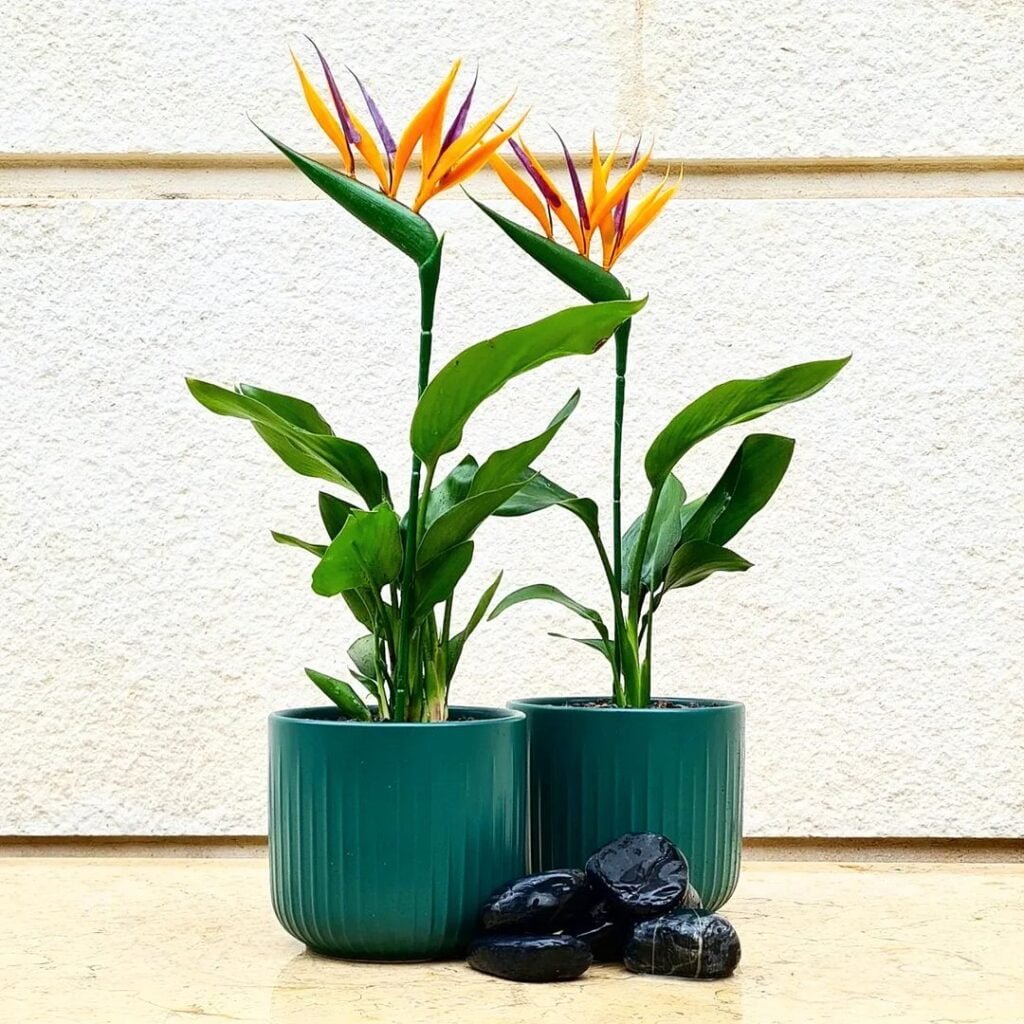
Here’s a short information chart for Bird of Paradise:
| Attribute | Information |
|---|---|
| Botanical Name | Strelitzia spp. |
| Plant Type | Evergreen perennial |
| Soil Type | Well-drained, fertile soil |
| Zones | 9-12 (USDA Hardiness Zones) |
| Exposure | Full sun to partial shade |
| Bloom Time | Late fall to early spring |
| Height/Spread | 3-6 feet tall / 2-4 feet wide |
- Features: Banana-like leaves and exotic, bird-like flowers.
- Benefits: Adds a tropical touch to your space.
- Care: Bright, indirect light, allow soil to dry slightly between waterings.
The Ultimate Guide to Watering Plants
Introducing the best indoor plants into your home is a delightful way to enhance both aesthetics and well-being. These green companions not only purify the air but also bring a sense of tranquility and connection to nature. By selecting the right indoor plants and providing them with proper care, you’ll create a lush and vibrant indoor oasis that reflects your love for gardening and your unique sense of style.
Pingback: Beauty of Succulents with Pink Flowers: A Gardener’s Guide
Pingback: Are Spider Plants Hallucinogenic to Cats? The Truth Unveiled
Pingback: Secrets to Choosing the Best Indoor Plants for Your Home
Pingback: 21 Stunning Indoor Plants with Large Leaves
Pingback: The Radiant Beauty of Yellow Mums: A Gardener’s Guide -
Pingback: Self-Watering Indoor Plant Pots Gardeners Schools
Pingback: Maidenhair Fern Care : A Comprehensive Guide for Lush and Healthy Growth - Gardener's School
Pingback: How to Grow and Care for Watermelon - Gardener's School